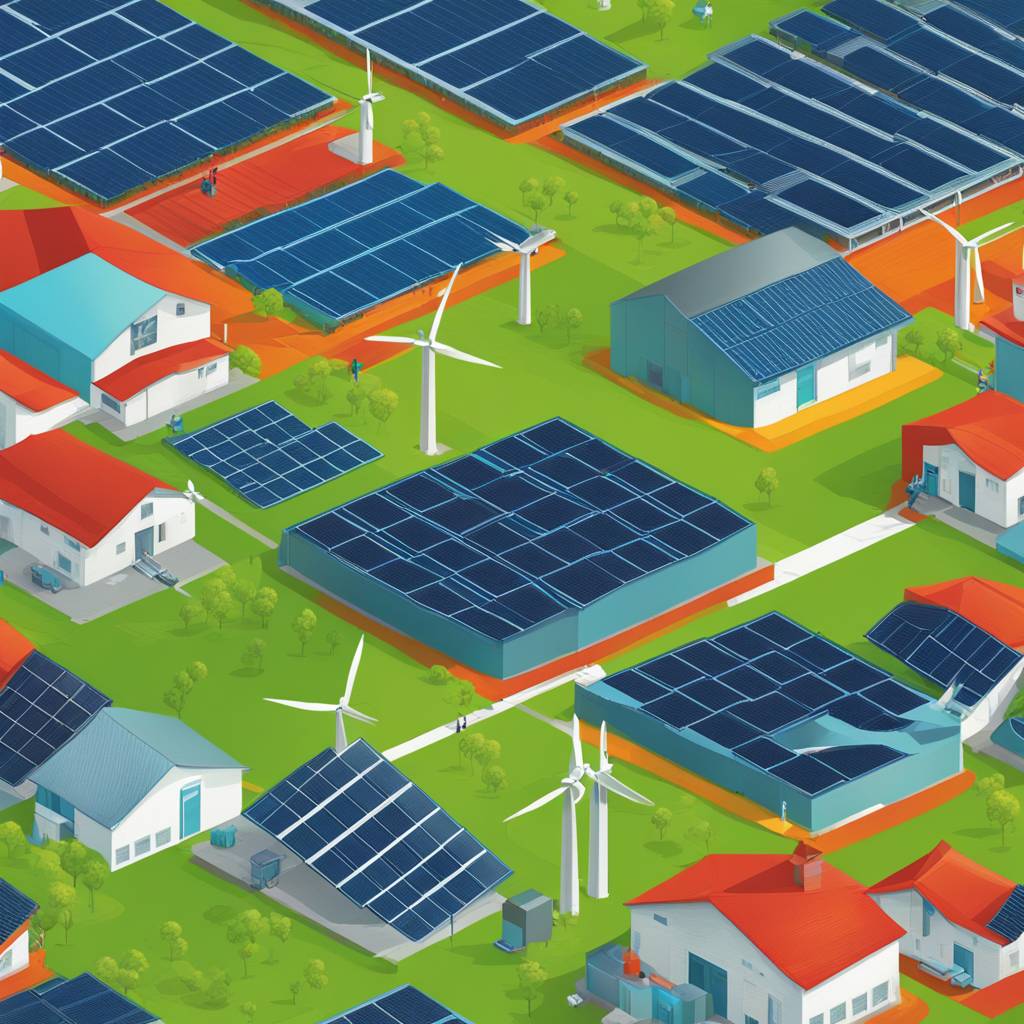The transition from fossil fuels to clean energy is essential for combating climate change. However, this shift is dependent on a well-diversified supply chain for materials and components across several nations. The current market is dominated by Chinese producers, who have a significant cost advantage in producing solar modules, cells, wafers, electrolysers, and battery components. With China rapidly expanding its production capacities, new players are finding it difficult to enter the market.
To catch up with China’s dominance in the market, countries like the US, India, and the EU are investing in developing their manufacturing capacities for clean energy components. By leveraging domestic markets and implementing coordinated trade strategies, these countries aim to stimulate their manufacturing ecosystems and achieve economies of scale. Renewable energy targets and government-led procurement will drive demand for locally produced components, creating a sustainable market for clean energy technologies.
Trade policies play a crucial role in creating demand for locally produced components. Import duties and non-tariff barriers, like those implemented by the US and India, help protect domestic industries from unfair competition. To avoid over-protection of inefficient industries, trade policies should be periodically reviewed to ensure fair pricing and competitiveness in the global market. More coordinated trade policies could help countries focus on areas where they have a competitive advantage in the supply chain, leading to a more efficient and competitive market.
Developing end-to-end supply chain ecosystems for clean energy components is essential for reducing costs and improving efficiencies. By investing in mid-value chain stages, countries can achieve significant cost reductions in producing components like polysilicon, cathodes, anodes, and membranes for clean energy technologies. Upgrading existing industrial facilities to supply components for clean energy, like glass and EVA for PV panels, will also be necessary to meet the growing demand for clean energy technologies.
Developing expertise in emerging supply chains, such as green steel, carbon capture, and sustainable fuels, will be crucial for avoiding over-dependence on specific technologies. Proactive steps are needed to replicate successful models and provide targeted government incentives for emerging sectors. In conclusion, diversification of the clean energy supply chain is a medium-term prospect that requires substantial and coordinated efforts within the next 2-3 years to meet the challenges of transitioning to clean energy and combatting climate change.


